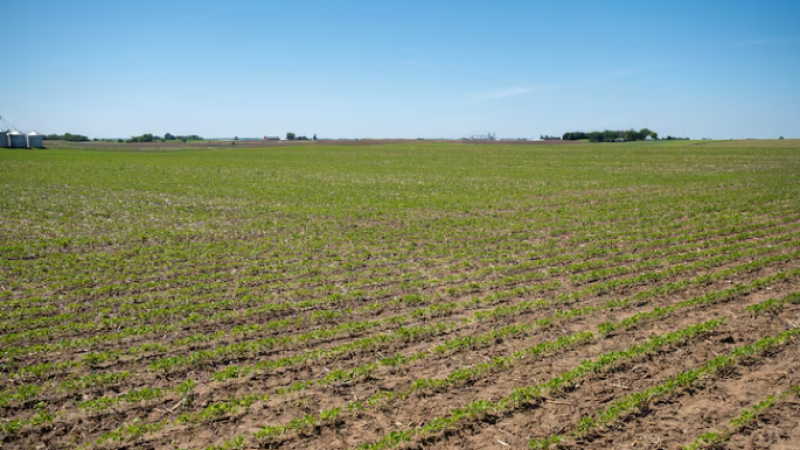- Trump calls Venezuelan airspace ‘closed,’ Maduro denounces ‘colonial threat’ |
- Bangladesh’s potato powerhouse status to be showcased in festival |
- Hasnat prays Khaleda Zia lives to see Sheikh Hasina executed |
- Khaleda responding to treatment: Dr Zahid |
- Chandpur’s winter vegetable harvest modestly eases prices |
US Soybean Farmers Seek New Buyers Amid China Slump

US soybean farmers are scrambling to find new markets as China, their biggest buyer, sharply cuts imports amid an ongoing trade rift. Facing falling prices and rising costs, producers are turning to alternative destinations such as Bangladesh, Vietnam, and Nigeria in a bid to offset their losses.
Farmers, trade groups, and the US government have launched missions and agreements worldwide to open new markets. A trade mission was sent to Nigeria, memorandums of understanding were signed with Vietnam, and soybean shipments to Bangladesh have surged. Yet, these efforts have failed to make up for the huge gap left by China’s absence.
For the first time in more than two decades, Chinese importers have not purchased soybeans from the latest US harvest. Farmers are being forced to store their crops, hoping prices recover from a five-year low. Many now face mounting financial strain, with costs of labour, fuel, and fertiliser continuing to rise.
The trade war between Washington and Beijing has hit the American agricultural heartland particularly hard. Tariffs on US soybeans have pushed Chinese importers toward South American suppliers. While new buyers are emerging, their markets are too small to replace China, which once accounted for 45% of all US soybean exports.
The impact is especially severe in Illinois, the country’s largest soybean-producing state. Many farmers there are selling at prices below production costs, with average losses reaching up to $64 per acre, according to University of Illinois estimates.
US soybean exports to China plunged 39% by volume between January and July, before the autumn harvest began. By value, sales dropped 51% to $2.5 billion. Meanwhile, exports to Bangladesh grew to just over 400,000 tonnes — a fraction of China’s usual demand. Shipments to Vietnam, Egypt, Thailand, and Malaysia also increased, but total exports were still down 8% compared to last year.
Farmer Ryan Frieders from Illinois, who joined trade missions to Turkey and Saudi Arabia, said the search for new buyers is crucial but challenging. “There isn’t this lost market that we haven’t looked at that could just explode and be a new China,” he said.
US Agriculture Secretary Brooke Rollins highlighted Taiwan’s commitment to purchasing $10 billion worth of US agricultural products, calling it a “game-changer.” However, data shows that this does not represent new growth but rather a continuation of current trade levels.
Other trade efforts have included a deal with Vietnam’s agriculture ministry to buy $1.4 billion in US farm goods, including soybeans. The Soybean Export Council has also worked with Nigerian processors to expand their imports, though no shipments had been recorded to Nigeria this year.
Despite these efforts, the dominance of China in the global soy market remains overwhelming. With its massive livestock sector, China imports around 61% of the world’s traded soybeans — more than all other countries combined. In 2024, the US shipped 27 million tonnes to China, while Mexico, its second-largest buyer, imported just 5 million tonnes.
As trade tensions continue, US farmers fear long-term consequences. Many are struggling to pay off loans and are seeing ripple effects across rural America. Equipment manufacturers like CNH have reported a 20% decline in agricultural sales, while communities once known as soybean hubs, such as Decatur, Illinois, are witnessing economic slowdown.
“The frustration is overwhelming,” said Kentucky farmer and American Soybean Association President Caleb Ragland. “The good news will only come when China starts buying again.”

